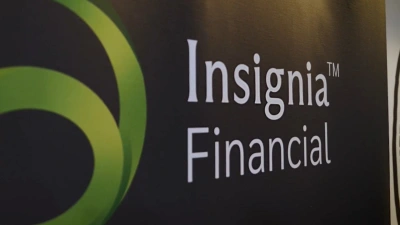PI insurance run-off period cut


Professional indemnity (PI) insurance run-off periods have been cut short following the Royal Commissions but there are other ways to help financial advisers buying portfolios limit their exposure and mitigate their risk of financial recovery, according to the Fold Legal.
The Fold Legal’s senior associate, Katie Johnson, said in an analysis that PI insurance needed to cover a seller’s exposure for a period of time after the sale or else the indemnities are worthless as there would be no safety net to fund the payment of a claim.
Johnson said in the past this run-off period was usually a minimum of six years but following the Royal Commission, there had been a “a hardening in the PI insurance market for the financial services industry”, making it difficult for sellers to obtain the run-off insurance for more than three years.
She noted that PI insurance might not cover the seller if they had not complied with community standards or practices, or if they had breached the law, making it difficult to determine what was an acceptable PI insurance run-off period.
However, Johnson said there were other ways to help buyers limit their exposure and mitigate their risk of financial recovery.
She said buyers could recover directly from the insurer for any loss suffered if they had warranty and indemnity insurance. The insurance was also a useful tool to bridge the divide between the seller’s need to limit their liability and the buyer’s need for comprehensive warranties and indemnities.
Johnson noted that warranty and indemnity insurance was gaining favour in Australia.
Escrowed funds, she said, was a relatively simple way for the buyer to know that there would be funds available to meet any warranty and indemnity claims, and payments by instalments would also the buyer to reduce their upfront payment and increase their subsequence payments.
“Current deals I’m seeing are pushing these out to 60% upfront with the balance paid over 12 to 24 months,” she said. “This is usually on a 20/20 basis. In the past, the norm was a 70/30 split over 12 months. The current trend keeps the seller at risk for longer and gives the buyer a longer period and larger amount to claim back.”
Johnson also said there were new and extended clawbacks and adjustments being added to the traditional “rise and fall” protections. This was achieved with bespoke provision that covered specific risks including:
- Remediation costs;
- Extension to breach of warranty claims; and
- Changes in the law affecting remuneration, including fees for no or limited services and possible changes to life insurance commissions.
Johnson said personal guarantees were only worthwhile if the buyers did due diligence on the guarantors and their financial position to make sure they could pay a claim.
Recommended for you
A financial advice firm has been penalised $11 million in the Federal Court for providing ‘cookie cutter advice’ to its clients and breaching conflicted remuneration rules.
Insignia Financial has experienced total quarterly net outflows of $1.8 billion as a result of client rebalancing, while its multi-asset flows halved from the prior quarter.
Prime Financial is looking to shed its “sleeping giant” reputation with larger M&A transactions going forward, having agreed to acquire research firm Lincoln Indicators.
An affiliate of Pinnacle Investment Management has expanded its reach with a London office as the fund manager seeks to grow its overseas distribution into the UK and Europe.














